Introduction
Branding is not just a logo or a catchy slogan; it’s the soul of your business identity. It encompasses everything from your company’s values, mission, and unique selling proposition to the emotions it evokes in your customers. 77% of marketing leaders say branding is critical to growth. Essentially, branding is the promise you make to your customers and the experience you deliver. In today’s competitive landscape, effective branding is not just desirable but indispensable for business success.
What is Branding?
In a marketplace inundated with options, branding serves as a compass, guiding customers towards your offerings amidst the noise. A well-thought-out branding strategy sets you apart from competitors, cultivates customer loyalty, and ultimately drives revenue growth. From enhancing brand recognition to fostering trust and credibility, branding strategies play a pivotal role in shaping perceptions and influencing purchasing decisions. Therefore, businesses must adopt proactive approaches to crafting and implementing effective branding methodologies to achieve sustainable success.
In this blog we will be exploring five types of branding strategies that can take your business to new heights.lets discover how these branding tricks work wonders in marketing, and make businesses super popular among consumers.
What are branding strategies?
Branding strategies are systematic approaches businesses use to establish and enhance their brand’s identity and market presence. These strategies involve defining a brand’s core values, mission, and vision, and then consistently communicating these elements through various channels. Key components include market research to understand target audiences, creating a unique brand voice, and developing a visual identity such as logos and color schemes. Effective branding strategies also encompass positioning the brand in a way that differentiates it from competitors, fostering customer loyalty, and leveraging storytelling to connect with consumers on an emotional level. By implementing these strategies, businesses can build strong brand equity, ensure consistency across all touchpoints, and ultimately drive long-term success and recognition in their respective markets.
Types of Branding Strategies in Marketing:
1. Emotional Branding
A. Definition and Explanation of Emotional Branding
Emotional branding is a strategic approach that focuses on creating deep, meaningful connections between a brand and its audience by tapping into their emotions. It aims to evoke specific feelings, such as joy, nostalgia, or empathy, that resonate with consumers on a personal level. This branding method goes beyond product features and benefits, aiming to build a loyal customer base by fostering emotional attachment to the brand.
B. Examples of Companies Utilising Emotional Branding Successfully
- Coca-Cola: With its iconic advertisements featuring themes of happiness, togetherness, and celebration, Coca-Cola has masterfully employed emotional branding for decades. The brand’s campaigns often centre around universal human experiences, resonating with consumers worldwide.
- Nike: Nike’s “Just Do It” campaign is a prime example of emotional branding. By associating its brand with the ideals of determination, perseverance, and empowerment, Nike has successfully forged emotional connections with athletes and fitness enthusiasts.
C. Benefits and Challenges of Emotional Branding
I. Benefits
Brand Loyalty: Emotional branding fosters strong emotional bonds with customers, leading to increased brand loyalty and advocacy.
Differentiation: Brands that successfully evoke emotions stand out in a crowded marketplace, setting themselves apart from competitors.
Long-Term Value: Emotional connections endure over time, contributing to sustainable business growth and profitability.
II. Challenges
Authenticity: Creating genuine emotional connections requires authenticity and sincerity, which can be challenging to maintain. According to a 2021 Stackla study, 88% of consumers prioritise authenticity when choosing brands to support, with 50% saying it’s very important.
Risk of Backlash: Missteps in emotional branding can lead to backlash if consumers perceive the brand as insincere or manipulative.
Targeting the Right Emotions: Identifying and appealing to the emotions that resonate with the target audience can be complex and nuanced.
2. Cultural Branding
A. Explanation of Cultural Branding and Its Significance in a Globalised World
 In today’s interconnected world, cultural branding has emerged as a powerful tool for businesses to establish a meaningful connection with consumers. Cultural branding goes beyond traditional marketing tactics by tapping into the values, beliefs, and aspirations of diverse communities. It involves crafting a brand identity that resonates with the cultural nuances of target audiences, fostering a sense of belonging and authenticity.
In today’s interconnected world, cultural branding has emerged as a powerful tool for businesses to establish a meaningful connection with consumers. Cultural branding goes beyond traditional marketing tactics by tapping into the values, beliefs, and aspirations of diverse communities. It involves crafting a brand identity that resonates with the cultural nuances of target audiences, fostering a sense of belonging and authenticity.
B. Examples of Companies Effectively Using Cultural Branding
Iconic brands like McDonald’s and Starbucks have mastered the art of cultural branding. McDonald’s adapts its menu offerings to suit local tastes and preferences, seamlessly integrating into different cultures while maintaining its core brand identity. Similarly, Starbucks creates unique experiences by infusing local flavours and traditions into its stores worldwide, making customers feel at home no matter where they are.
C. Adapting Cultural Branding to Different Markets and Demographics
To effectively leverage cultural branding, businesses must conduct thorough research to understand the intricacies of each market and demographic they target. This involves delving into local customs, language, symbolism, and consumer behaviour. By tailoring branding strategies to align with diverse cultural contexts, companies can build trust, loyalty, and brand advocacy among their target audience.
D. Potential Pitfalls to Avoid When Implementing Cultural Branding Strategies
While cultural branding can be immensely rewarding, it also carries inherent risks. One common pitfall is cultural insensitivity, where brands inadvertently offend or alienate certain communities due to a lack of understanding or misinterpretation of cultural symbols and practices. Another challenge is striking the right balance between global consistency and local relevance. Brands must navigate these complexities with sensitivity and authenticity to avoid backlash and maintain credibility in the eyes of consumers.
3. Product Branding
A. Definition and Significance of Product Branding in the Marketplace
Product branding is the process of creating a distinct identity and image for a specific product in the market. It involves associating unique attributes, values, and emotions with the product to differentiate it from competitors. In today’s highly competitive marketplace, effective product branding is essential for businesses to stand out and capture the attention of consumers amidst numerous options.
B. Case Studies of Companies Excelling in Product Branding
Apple and Samsung stand as prime examples of companies that have mastered the art of product branding. Apple’s minimalist design, user-friendly interface, and emphasis on innovation have made its products highly desirable and iconic. Samsung, on the other hand, focuses on offering a wide range of products catering to different consumer needs while maintaining a consistent brand identity of reliability and innovation.
C. Strategies for Creating a Strong Product Brand Identity
Creating a strong product brand identity involves several strategic approaches. Consistency across all touchpoints, including packaging, marketing materials, and customer service, is crucial. Additionally, understanding the target audience’s needs, desires, and preferences helps tailor the brand message effectively. Leveraging storytelling to evoke emotions and connect with consumers on a deeper level also plays a significant role in building a strong product brand identity.
D. The Role of Innovation in Product Branding and Staying Ahead of the Competition
Innovation is key in product branding as it keeps the brand relevant and competitive in the ever-evolving market landscape. Companies need to continuously innovate their products to meet changing consumer demands, technological advancements, and industry trends. By introducing new features, functionalities, and designs, brands can stay ahead of the competition and maintain their position as market leaders. Moreover, innovation fosters brand loyalty by offering unique value propositions that resonate with consumers.
4. Corporate Branding
Explanation of Corporate Branding: Corporate branding refers to the strategic process of creating and maintaining a consistent image and identity for a company across all its products, services, and communications. It goes beyond just a logo or a tagline; it encompasses the values, culture, and reputation of the entire organisation. A strong corporate branding strategy can significantly influence customer perception, loyalty, and overall business success.
Examples of Companies with Strong Corporate Branding: Companies like Tata and Google exemplify the power of corporate branding. Tata Group’s commitment to integrity, trust, and social responsibility is deeply ingrained in its corporate identity, reflecting across its diverse portfolio of businesses. Similarly, Google’s innovative spirit, user-centric approach, and commitment to simplicity are evident in all its products and services, establishing a strong and recognizable corporate brand.
A. Key Components of a Successful Corporate Branding Strategy
- Clear Vision and Values: Articulate a compelling vision and core values that resonate with both internal stakeholders and external audiences.
- Consistent Brand Identity: Establish consistent visual elements, messaging, and tone of voice across all touchpoints to reinforce the brand’s identity.
- Authenticity and Transparency: Build trust by being authentic, transparent, and aligning actions with brand promises.
- Employee Advocacy: Empower employees to become brand ambassadors by fostering a culture that embodies the brand values and principles.
- Continuous Evaluation and Adaptation: Regularly assess the effectiveness of the branding strategy and adapt to evolving market dynamics and customer preferences.
- Balancing Corporate Branding with Individual Product or Service Branding: While corporate branding sets the overarching identity and values of the company, it’s essential to strike a balance with individual product or service branding. Each product or service may have unique attributes, target audiences, and positioning strategies that require tailored branding approaches. However, maintaining consistency with the overarching corporate brand ensures coherence and reinforces the company’s overall identity and reputation.
5. Personal Branding
A. Definition and Importance of Personal Branding
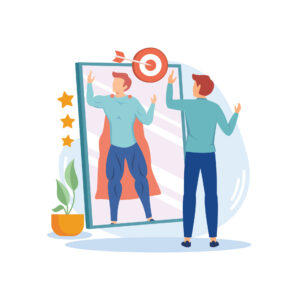
Personal branding is the practice of marketing oneself and one’s career as a brand. In today’s competitive landscape, personal branding is crucial for individuals and businesses alike. It helps differentiate professionals from their peers, establishes credibility, and fosters trust among clients and customers.
B. Case Studies of Successful Personal Brands
Examining the journeys of iconic figures like Elon Musk, Jeff Bezos, and Oprah Winfrey provides valuable insights into the power of personal branding. These individuals have strategically crafted their public personas, aligning them with their professional endeavours to create enduring brands that resonate with audiences worldwide.
C. Leveraging Personal Branding for Business Excellence
Personal branding isn’t just about individual recognition; it can also significantly contribute to business success. By establishing a strong personal brand, professionals enhance their credibility, attract lucrative opportunities, and foster customer loyalty. Moreover, when individuals within a company cultivate powerful personal brands, they elevate the overall reputation and credibility of the organisation, ultimately driving business excellence.
FAQs: 5 Branding Methods for Achieving Business Excellence
1. What is branding, and why is it essential for business success?
Branding encompasses more than just a logo or slogan; it represents your business’s identity, values, and promise to customers. It’s critical for standing out in a crowded market, fostering customer loyalty, and driving revenue growth.
2. How does emotional branding work, and why is it effective?
Emotional branding focuses on creating deep connections with consumers by tapping into their emotions. By evoking feelings like joy or nostalgia, brands can build strong bonds with customers, leading to increased loyalty and differentiation in the market.
3. What are the benefits and challenges of implementing emotional branding?
Benefits include increased brand loyalty, differentiation, and long-term value. However, challenges like maintaining authenticity and targeting the right emotions require careful navigation to avoid backlash and ensure effectiveness.
4. How does cultural branding differ from traditional marketing, and why is it significant in today’s globalised world?
Cultural branding goes beyond traditional tactics by aligning with the values and beliefs of diverse communities. It fosters a sense of belonging and authenticity, allowing brands to connect with consumers on a deeper level, regardless of geographic location.
5. Can you explain how companies like McDonald’s and Starbucks use cultural branding effectively?
McDonald’s adapts its menu to suit local tastes, while Starbucks infuses local flavors and traditions into its stores worldwide. By understanding and respecting cultural nuances, these brands create unique experiences that resonate with consumers globally.
Ready to take your brand to the next level? Connect with us today to explore how HT Media can amplify your presence across our diverse portfolio of 25+ brands and properties. Let's turn your brand vision into reality!
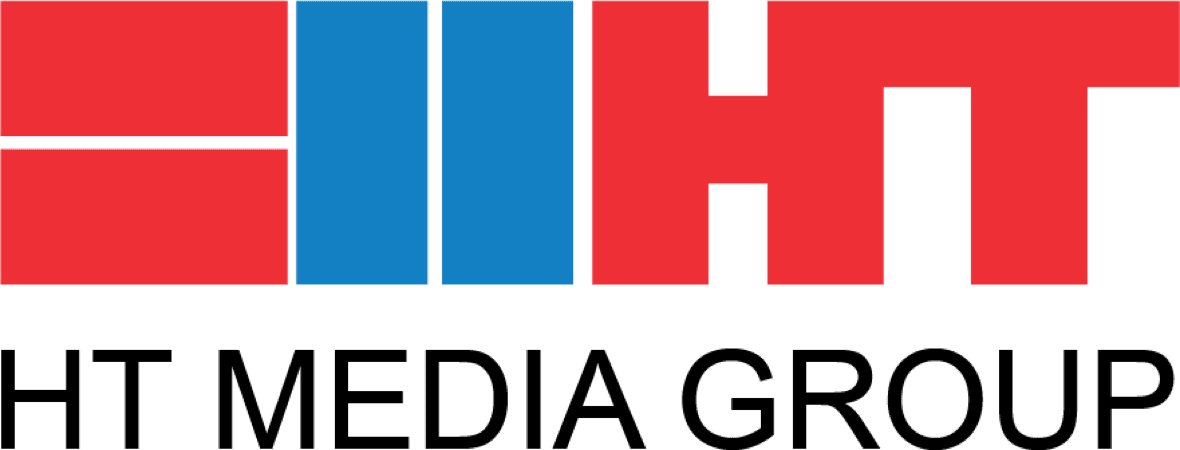




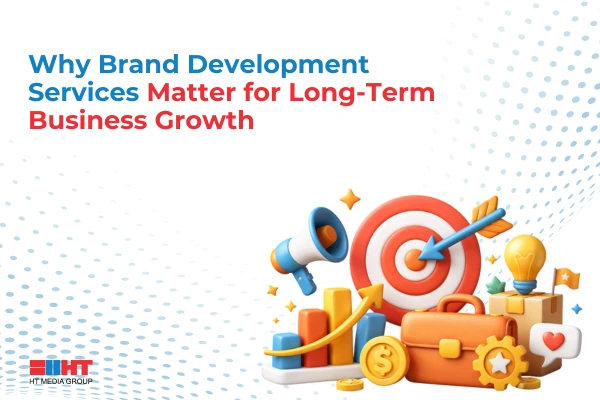








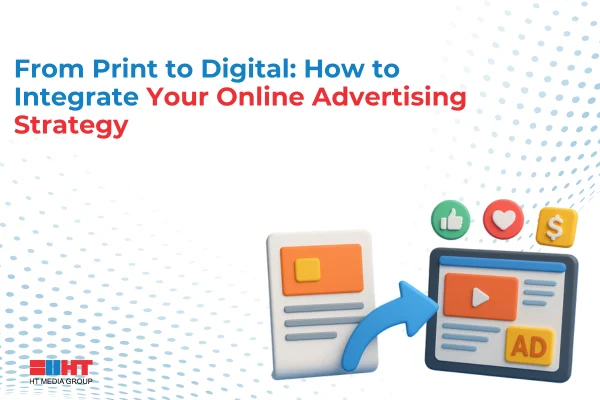

Comment